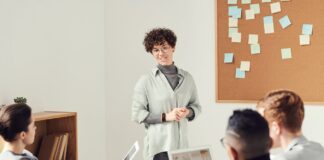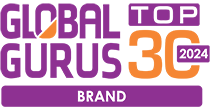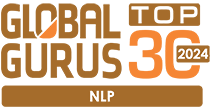How to Segment Your B2B Customers
January 31, 2021
Marketing segmentation can be the difference between a successful campaign or its failure. When implemented correctly it can boost sales and conversions by reaching the right people that will be interested in your products and services. The data gathered in b2b and b2c marketing are equally important as both sectors need to address the right people in specific jobs, countries, etc. However, segmenting a business audience is a lot different to segmenting a customer audience. Today we will be examining some of the criteria that will be valuable to your business when identifying b2b contacts.
Needs
If your business offers multiple products or services and each one applies to a particular audience, you will need to organise your contacts accordingly. A potential customer who receives marketing for everything your company offers is likely to get annoyed and stop listening.
Marketing list specialists can add great value in this process but there are some steps you can take to easily avoid this sort of situation from happening:
- Consider the contacts occupation as this will help with tailoring appropriate messages.
- Track where the inbound lead first signed up from as they may have been interested in a certain piece of content.
- Gather information such as their interests and the service of product they have expressed an interest in.
Identify a Decision Maker
It is vital in your marketing efforts to identify a decision maker in the company or someone that will influence them. Once you have done this it is important to establish an overall tone, frequency of contact and vocabulary through messaging.
Be careful not to focus too much on the semantics of job titles, because organisations are constantly changing and vary depending on the type of company.
Industry or Sector
Segmenting by the industry or sector can help you deliver a precise message to each of the different markets rather than taking a uniform approach. Also, it can help you identify new unchartered areas of an industry so you can begin creating new campaigns that will grow the business further.
Organisation Size or Revenue
It is crucial that your message is tailored to an organisations size. Not only do you need to consider the number of employees, but the revenue of that company must also be taken into account. Both these factors will partially indicate the nature of the business and their objectives and buying habits.
Geography or Language
The location of a company will also influence how you approach them, especially if you are trying to win more business in that country. We recommend segmenting your database by target locations and identify the customer journey in certain regions. This valuable information will do wonders for your future campaigns and help establish how to approach companies effectively.
Once you know the location you can consider the language of that company. It makes perfect sense to have a team available to you that can speak fluently to the country you are targeting.
Above all take a rational and measured approach, the stakes are high if you get it right. Good luck!























